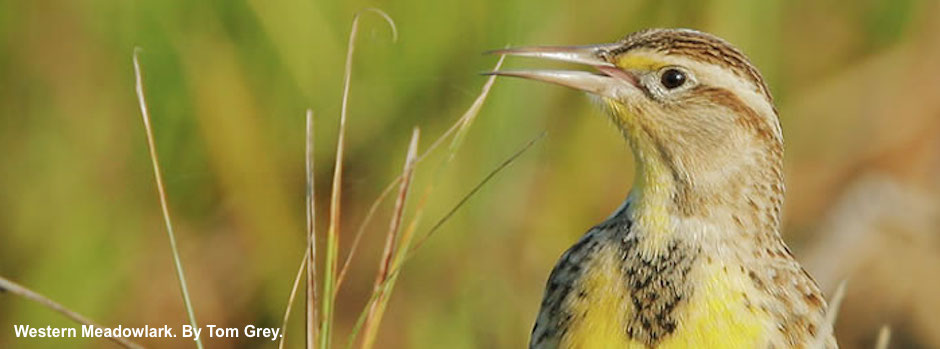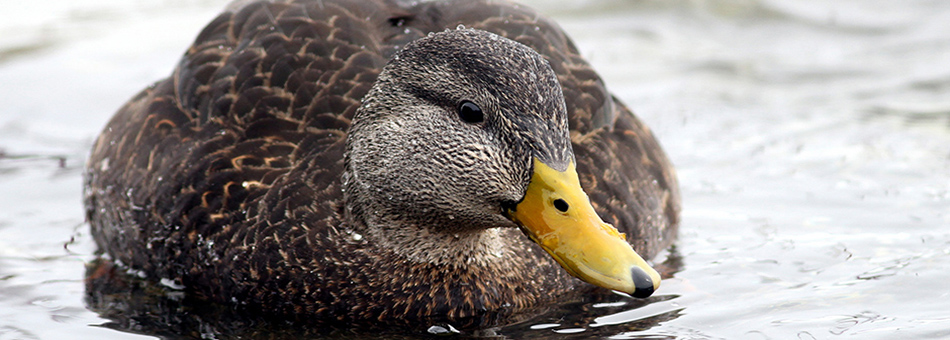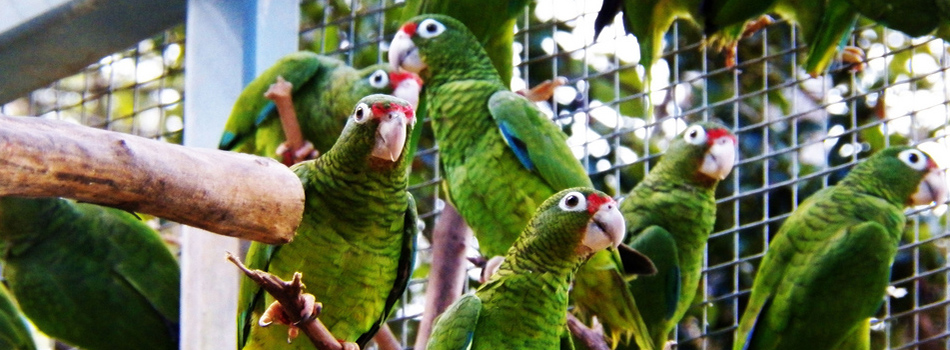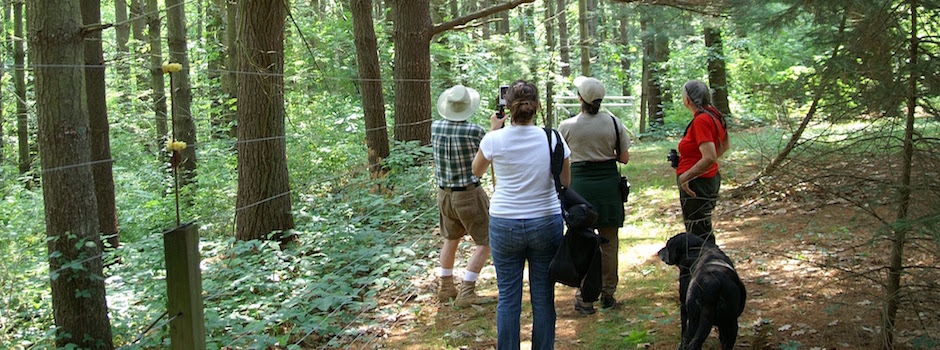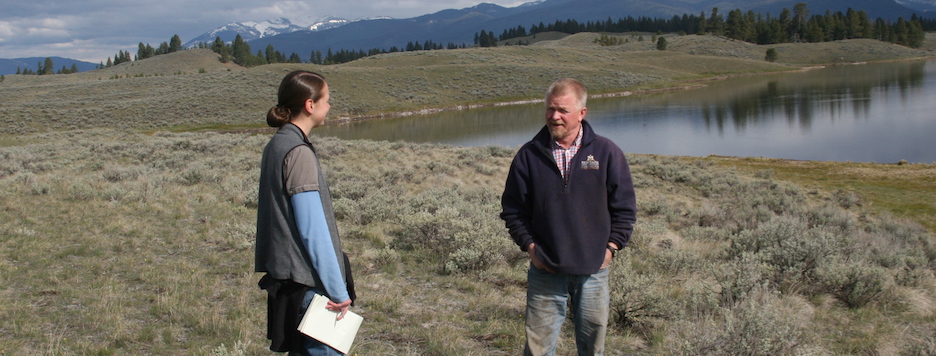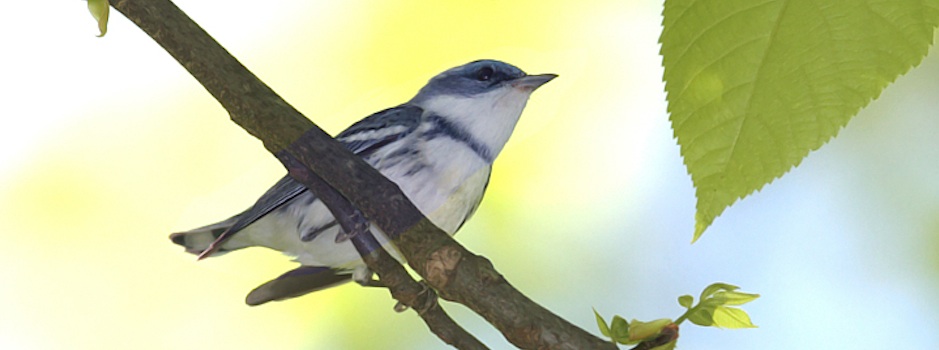Playa Recharge Summit Answers Landowners’ Questions
Playas are a major source of recharge to the Ogallala Aquifer, contributing up to 95 percent of inflow of water to the aquifer and improving the quality of that water. For those who may have doubts, it was confirmed by 14 playa experts who participated in Playa Lakes Joint Venture’s Playa Recharge Summit last November. [...]




